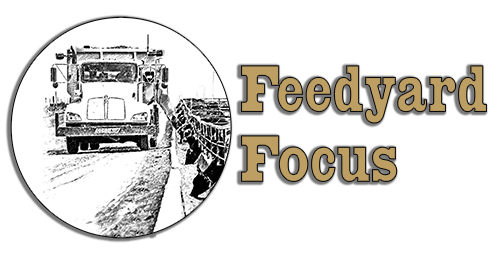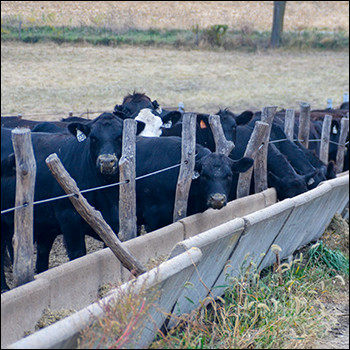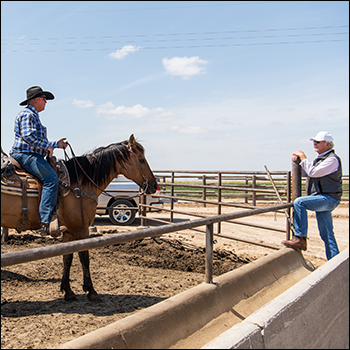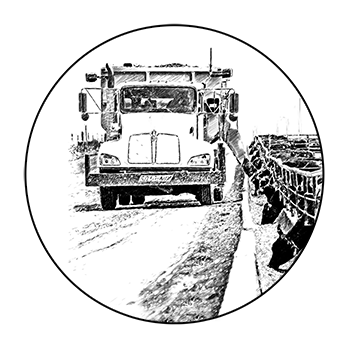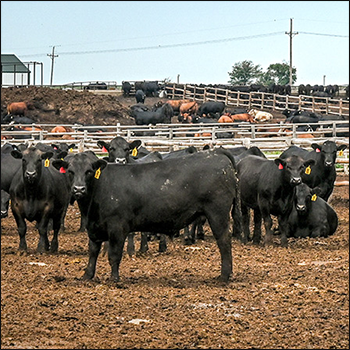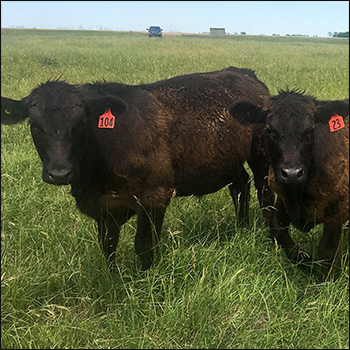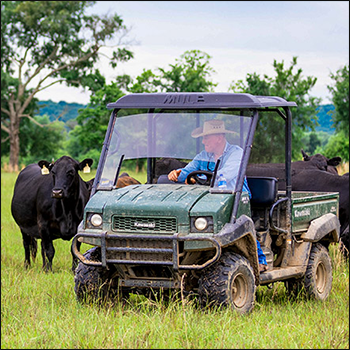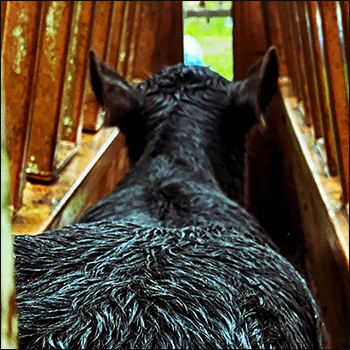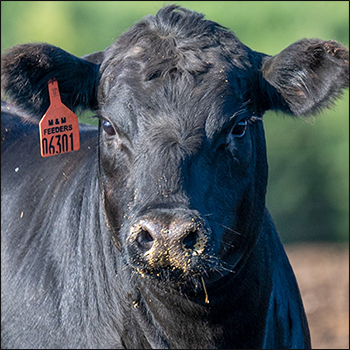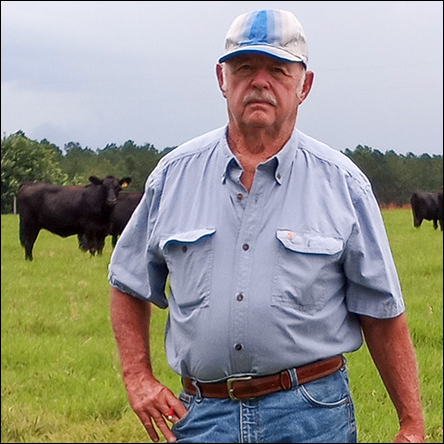
Risk Management: Are You Prepared?
Position yourself so you’re not at the mercy of the market.
Marketing is a process having three components: determination of price, determination of a buyer and the actual transfer of ownership. When a cow-calf producer markets a set of calves through a sale barn, all three of those things happen at the same time. It’s the simplest marketing method available to cattle producers. It can be very good, too, but sometimes it isn’t so good.
According to Oklahoma State University Economist Derrell Peel, the cash market offers the highest return potential, but it provides no opportunity for price risk management. The seller is at the mercy of the market. What bothers Peel is that so many producers have made the local auction their default marketing method. It has become routine. They don’t even think about it. They don’t think about marketing risk or how it might be mitigated.
Peel and fellow economists Josh Maples of Mississippi State University and Steve Koontz of Colorado State University collaborated for a Cattlemen’s College® discussion of risk management during the 2021 Cattle Industry Convention hosted in Nashville, Tenn. They urged cattle producers to think longer and harder about available risk-management tools.
“We take out insurance to manage risk, which is the probability of an adverse outcome,” emphasized Peel, explaining how it can be as simple as not piling all your hay in one location. That way you shouldn’t lose everything to a single fire. Peel said the risk associated with cattle marketing can be managed with a variety of tools, including the timing of sales, forward pricing and by offsetting risk with futures or options contracts.
With a forward contract, the producer sells calves to lock in a price with an agreed-upon date for later delivery. Peel said a futures hedge also locks in a price, but trades full market risk for basis risk. There is no opportunity for upside potential, and the producer is subject to margin calls. Purchasing options on futures contracts may be more appealing to some producers because a “put” option provides a floor price while leaving the upside open. Additionally, no margin calls are required.
Maples said the Livestock Risk Protection (LRP) program is gaining in popularity, and it’s one of the few risk-management tools available for small producers. LRP insurance is offered by USDA’s Risk Management Agency and marketed through licensed crop and livestock insurance agents. Like a put option, an LRP policy sets a minimum feeder-cattle price for a future selling date, but still allows the producer to benefit from price increases.

According to Oklahoma State University Economist Derrell Peel, the cash market offers the highest return potential, but it provides no opportunity for price risk management. The seller is at the mercy of the market. |
 Josh Maples said the Livestock Risk Protection (LRP) program is gaining in popularity, and it’s one of the few risk-management tools available for small producers. |

“The market has to fall by the amount of the premium for you to be in the money,” grinned Steve Koontz, saying LRP and other risk-management tools are a lot like health and car insurance. Although, for cattle producers, risk management is a cost of doing business. |
The goal is to have protection against any national price decline. Indemnity payment kicks in when prices fall below the coverage level chosen by the insured producer, who remains subject to basis risk. Yet futures basis is not relevant here. The variation between the local cash price and the national price index (actual ending value) that coverage is based on represents LRP basis risk.
According to Maples, producers can choose from multiple coverage periods, ranging from 13 to 52 weeks. Producers may also choose a preferred coverage level, from 70% to 100% of the expected ending value of the cattle. An indemnity is paid to the insured producer if a national price index falls below the selected coverage price on the end date of the policy.
“A key thing that makes this attractive is that a producer could insure even one animal. You don’t have to have a large number of cattle,” stated Maples, noting that that there is a maximum number of 6,000 head allowed per endorsement and 12,000 head per year.
“The producer pays a premium, as with any insurance policy, but LRP premiums are subsidized by USDA,” Maples said, explaining that subsidies have increased. “Premium subsidy levels range from 35% to 55% — up from 13% just a few years ago. And producer premiums can be paid at the end of the coverage period, or when the cattle are sold.”
Premiums are higher for higher coverage levels and lower for lower coverage levels. Longer endorsement periods also come with higher premiums.
“The market has to fall by the amount of the premium for you to be in the money,” grinned Steve Koontz, saying LRP and other risk-management tools are a lot like health and car insurance. Although, for cattle producers, risk management is a cost of doing business.
“You buy it and hope you don’t have to use it,” added Koontz. “But moderate levels of risk protection can save you from a big wreck. It can let you live to operate another year without borrowing against your hard-earned equity.”
Koontz called the outlook for cattle prices positive, with tighter supplies ahead. However, with uncertainty regarding corn price and potential ramifications of COVID, he said no one really knows for sure where the cattle market is going. Producers can deal with the uncertainty by buying some relatively low-cost protection against adverse outcomes.
“You’re capable of doing this,” stated Koontz. “Start small, and just do it!”
Editor’s note: Troy Smith is a cattleman and freelance writer from Sargent, Neb. Lead photo by Miranda Reiman. Speaker photos by Troy Smith.
